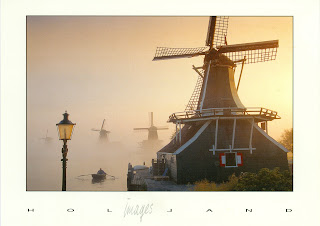Israel is a significant place regarding religions. The Holy Land itself is considered sacre by three major religions of the world: Christianity, Judaism and Islam. Nearly all the events which took place in the Bible are in present-day Israel.
The city of Jerusalem is divided into four quarters by religion (and culture as well): there is the Jewish Quarter, the Christian Quarter, Muslim Quarter and the Armenian Quarter.
Jerusalem is the main site of events of the Passion of Christ, where he was condemned to death and then was crucified. The way on which Christ carried his cross to the top of the Golgotha Hill is called Via Dolorosa which is located in the Old City. All the states of the Passion are marked by crosses. So for this, it is a crucial pilgrimage destination among Christian believers (besides the Vatican).
To Judaism, it is an important site because once, there was standing Salomon's Temple and later the Second Temple. The Second Temple was destroyed under the order of the Roman Emperor Titus, in 70 AD. This event is actually depicted in the Arch of Titus in the Forum Romanum, Rome.
The famous Wailing Wall is the remnant of this Second Temple where many Jewish believers pray.
To Muslims, it is important because Muhammad is said to had ascended to Heaven from the Temple Mount of Jerusalem.
The Old City was declared a Cultural Heritage site by UNESCO in 1981.
Background story: One of the neighbours of my sister's godmom has family in Israel, her son moved there. She spent several months there to help to care her baby granddaughter.
I'm really proud of these two postcards, 'cause not only they are nice, but they are difficult to get.
The city of Jerusalem is divided into four quarters by religion (and culture as well): there is the Jewish Quarter, the Christian Quarter, Muslim Quarter and the Armenian Quarter.
Jerusalem is the main site of events of the Passion of Christ, where he was condemned to death and then was crucified. The way on which Christ carried his cross to the top of the Golgotha Hill is called Via Dolorosa which is located in the Old City. All the states of the Passion are marked by crosses. So for this, it is a crucial pilgrimage destination among Christian believers (besides the Vatican).
To Judaism, it is an important site because once, there was standing Salomon's Temple and later the Second Temple. The Second Temple was destroyed under the order of the Roman Emperor Titus, in 70 AD. This event is actually depicted in the Arch of Titus in the Forum Romanum, Rome.
The famous Wailing Wall is the remnant of this Second Temple where many Jewish believers pray.
To Muslims, it is important because Muhammad is said to had ascended to Heaven from the Temple Mount of Jerusalem.
The Old City was declared a Cultural Heritage site by UNESCO in 1981.
Background story: One of the neighbours of my sister's godmom has family in Israel, her son moved there. She spent several months there to help to care her baby granddaughter.
I'm really proud of these two postcards, 'cause not only they are nice, but they are difficult to get.
Date: May 2012













